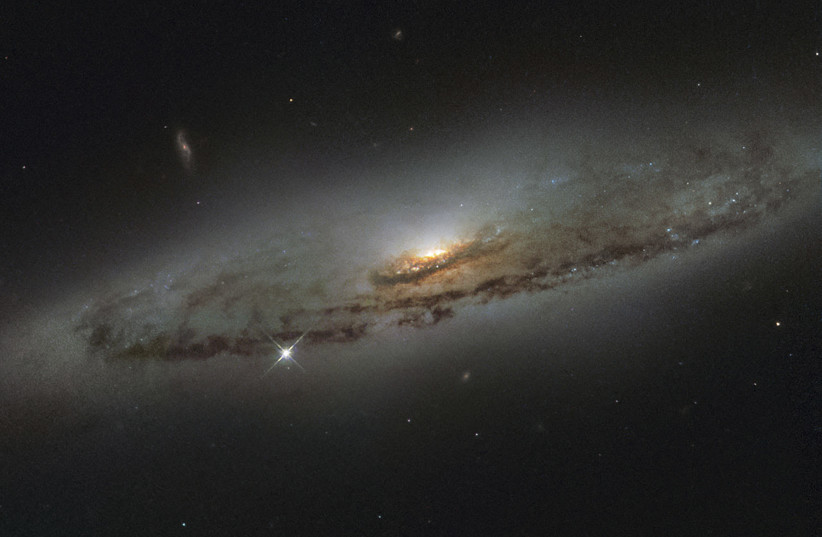The many stars across the universe may be very different than the stars of our own Milky Way galaxy, being much heavier, according to a new study.
The findings, published in the peer-reviewed academic periodical The Astrophysical Journal, is a major shift in our understanding of the greater cosmos and has upended previous assumptions about the wider universe.
<br>Stars, galaxies and us
Humanity has made massive strides in our understanding of space. In our own Milky Way galaxy, populated by a vast number of stars all arranged and distributed in a specific way.
From here and other advancements, scientists have been able to ascertain mass. And with mass, it is easier to understand the many other phenomena related to stars, such as how their gravitational pull affects everything around them.

It is also important for understanding the lifespan of stars, as well as about their fates – which, for many massive stars, is to erupt into a supernova and collapse into a black hole.
In other words, nearly everything scientists have deduced about galaxies revolves around our understanding of the mass of stars.
And while much of the galaxy remains mysterious – indeed, our knowledge of interstellar space, meaning outside our solar system, is considerably lacking compared to what we know about the solar system itself – this distribution of stars and their masses is something we have known a lot about.
It was assumed, then, that the stars in other galaxies were similar in that respect.
Despite this, most scientists assumed that the mass of stars would differ in some degree between galaxies. It was simply impossible to actually figure out this variation, so the use of a universal model was done out of necessity.
<br>The study
Scientists at the University of Copenhagen's Niels Bohr Institute were able to observe around 140,000 galaxies throughout the universe. The result: The stars in distant galaxies are much heavier.
The fact that it took this long to find out is understandable.
Distant planets are already difficult to see from Earth, as are even more distant stars throughout the galaxy. But other galaxies are billions of light-years away from Earth. As a result, they are very hard to see – only the light of their brightest stars are usually visible.
Only one galaxy, our closest galactic neighbor the Andromeda galaxy, is even visible with the naked eye from Earth.
As such, what we knew about these galaxies was minimal.
But the study was able to make use of the Cosmic Evolution Survey (COSMOS) catalog at Caltech, which contains a massive database of light observed from other galaxies throughout the known universe.
The result was the conclusion that the stars in distant galaxies are much more massive than in the Milky Way.
But far from simply finding out that other galaxies' stars sit at a higher weight class, the implications of these findings are – fittingly enough – astronomical in terms of just how much they shake up our knowledge of space.
For one thing, it might be able to solve the conundrum around galactic lifespans.
Several galaxies essentially die, no longer forming new stars. Why this is has been a mystery, but the idea that it could be related to star size may answer it.
"Now that we are better able to decode the mass of stars, we can see a new pattern; the least massive galaxies continue to form stars, while the more massive galaxies stop birthing new stars."
Albert Sneppen
"Now that we are better able to decode the mass of stars, we can see a new pattern; the least massive galaxies continue to form stars, while the more massive galaxies stop birthing new stars. This suggests a remarkably universal trend in the death of galaxies," study author Albert Sneppen explained.
And there is further precedence for this, too. It is known that larger stars have shorter lifespans compared to ones like the Sun.
And because more massive stars have shorter lifespans, it can also impact the frequency of supernovae and black holes.
But more research needs to be done to better understand the sheer scope of what this study has uncovered and what secrets about the universe it can help uncover.
